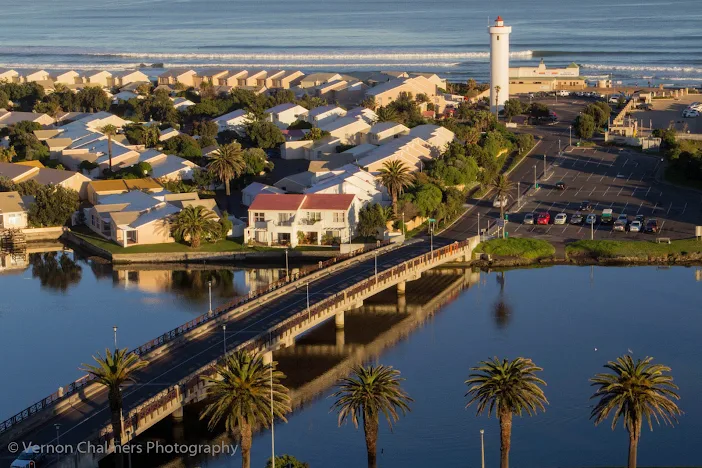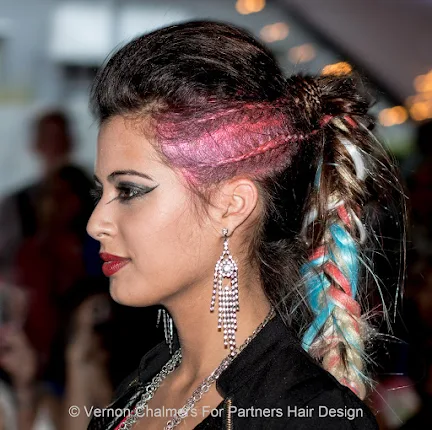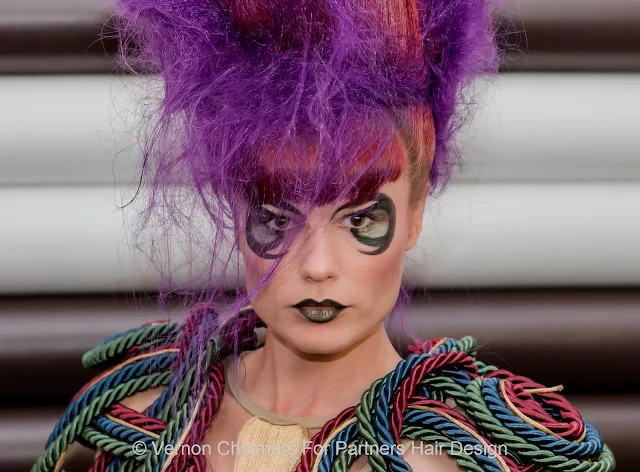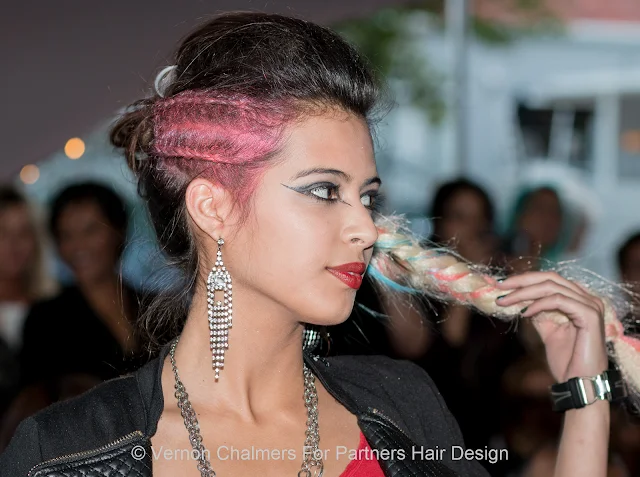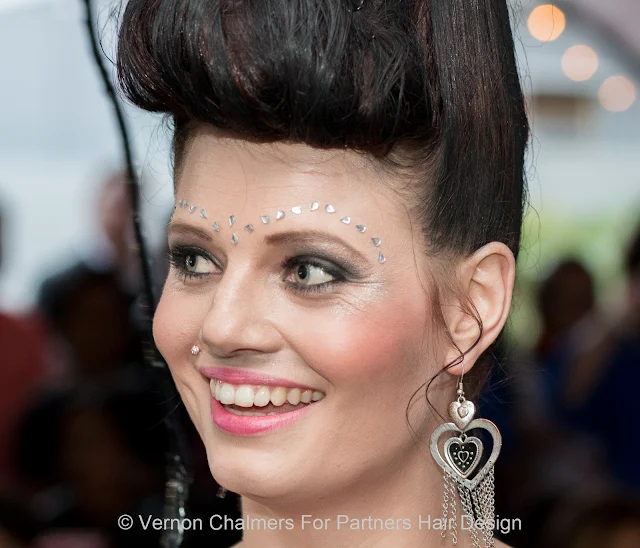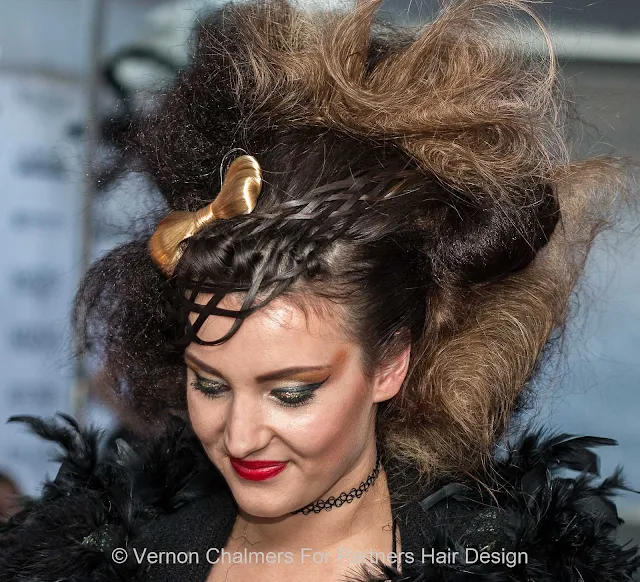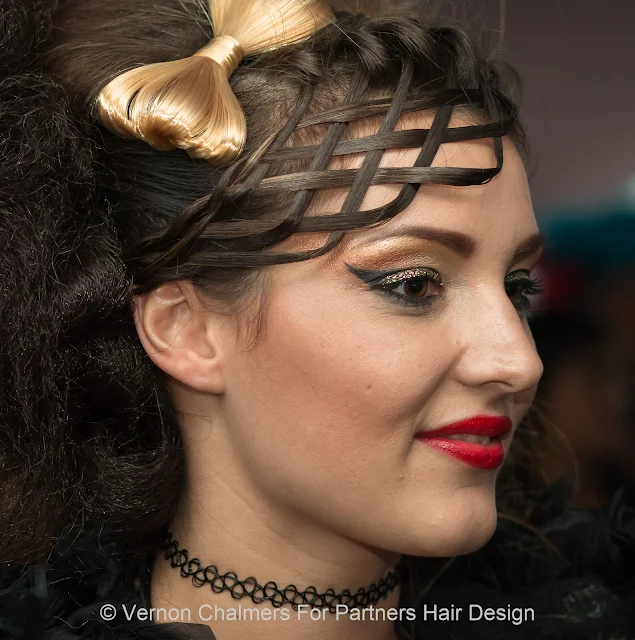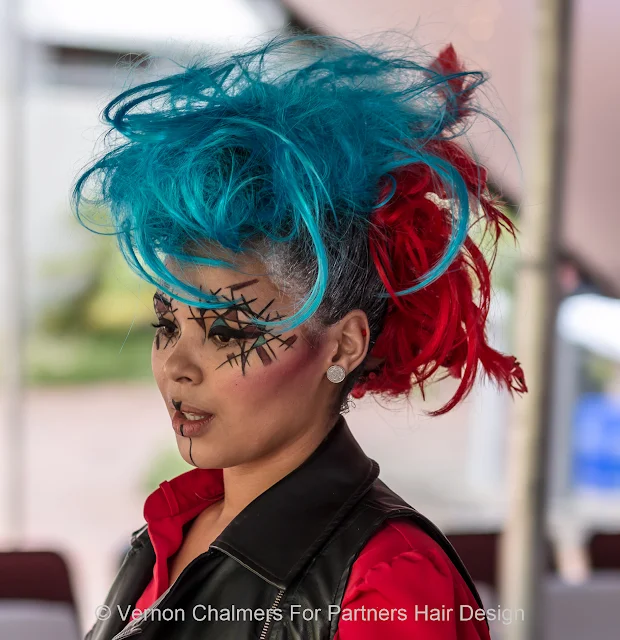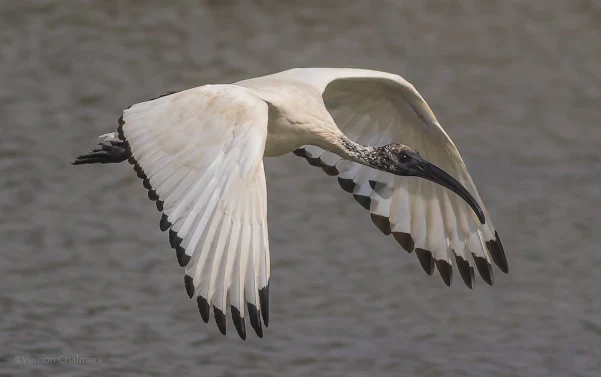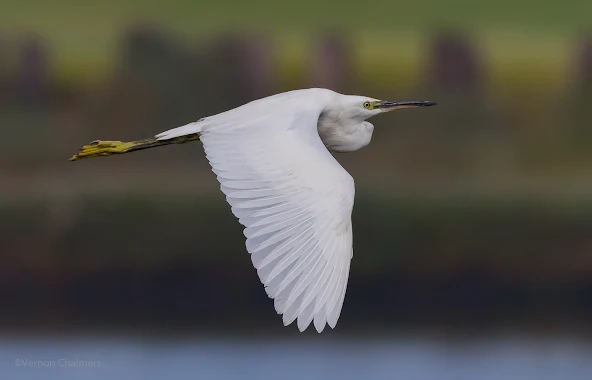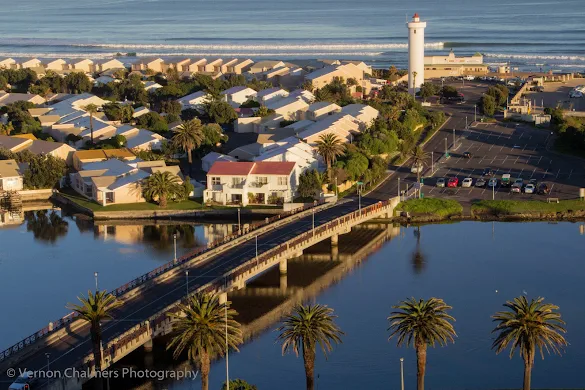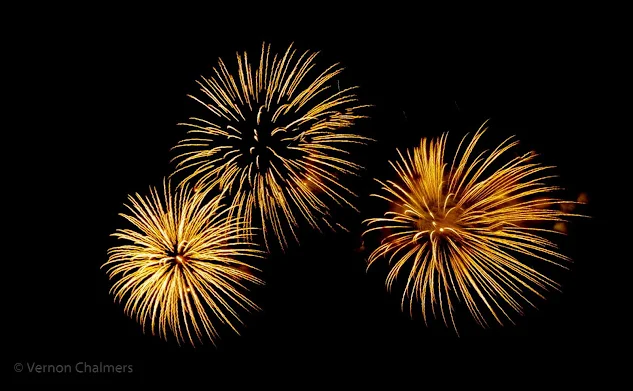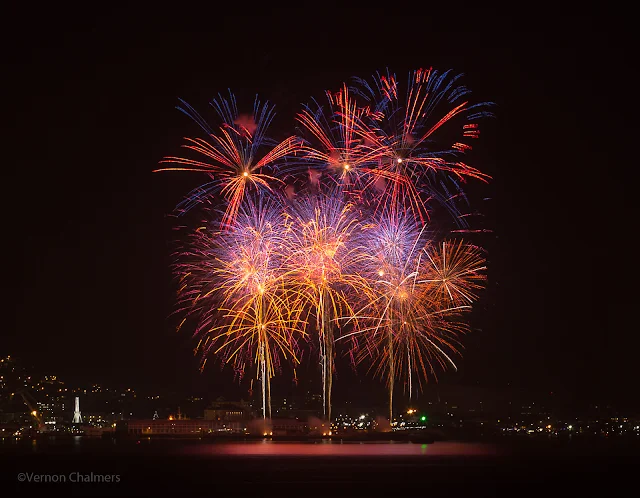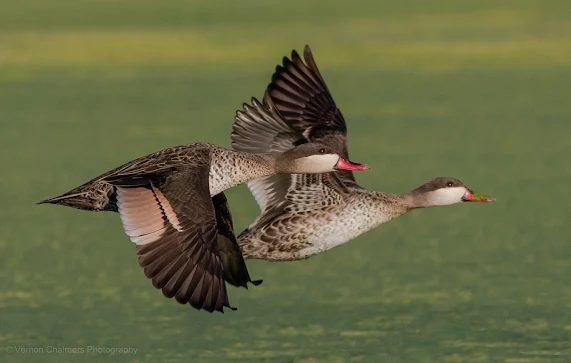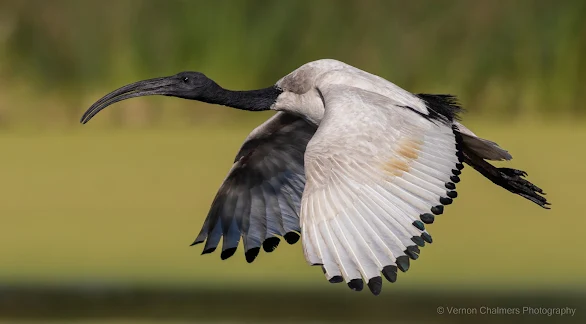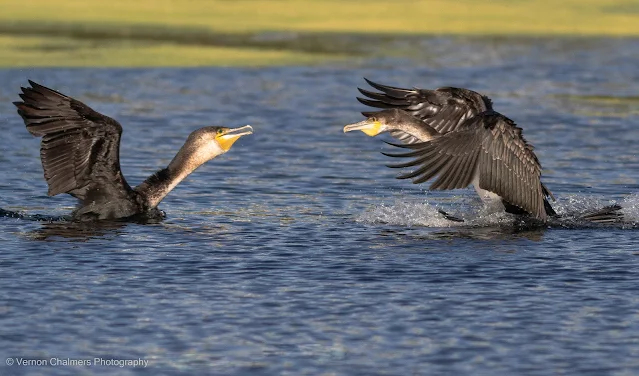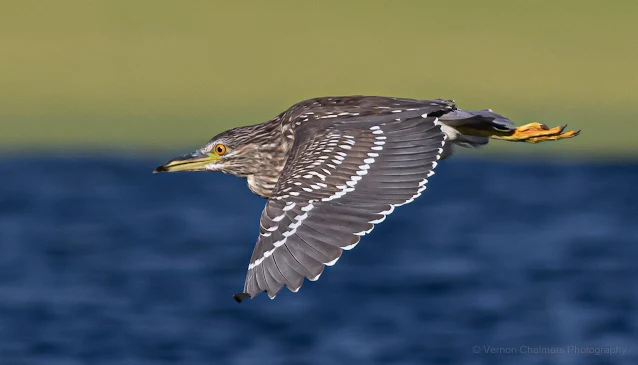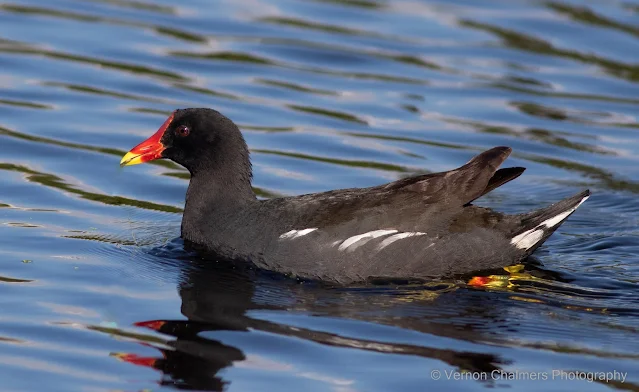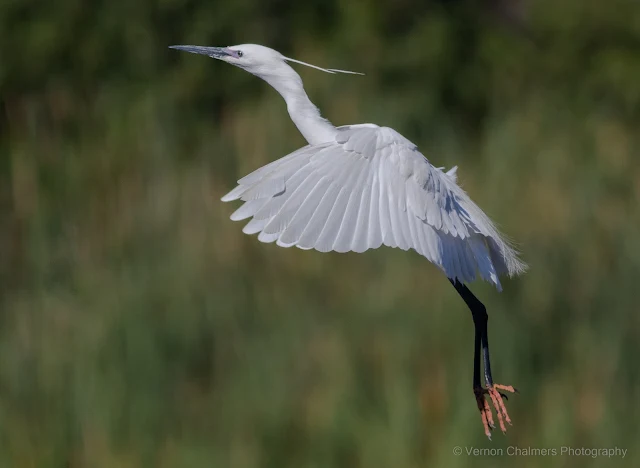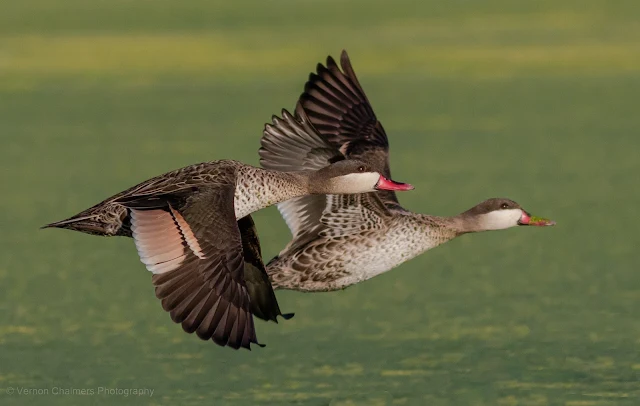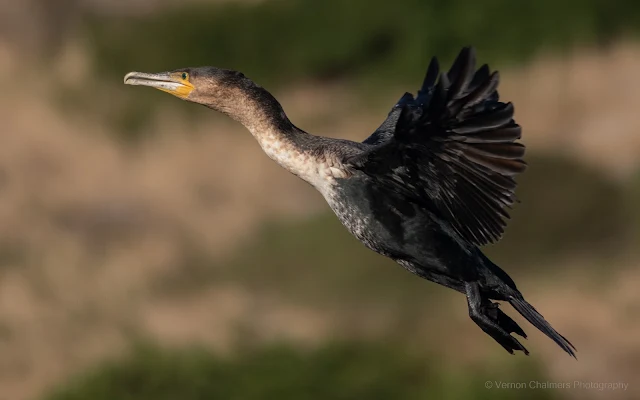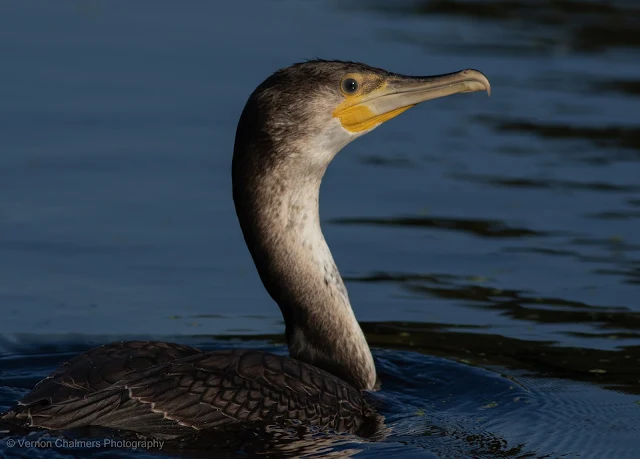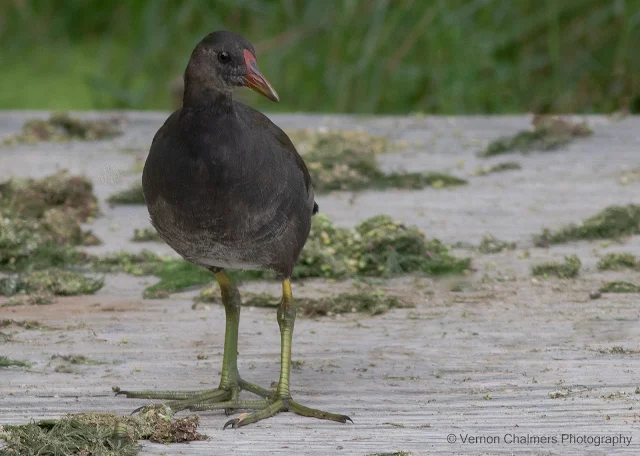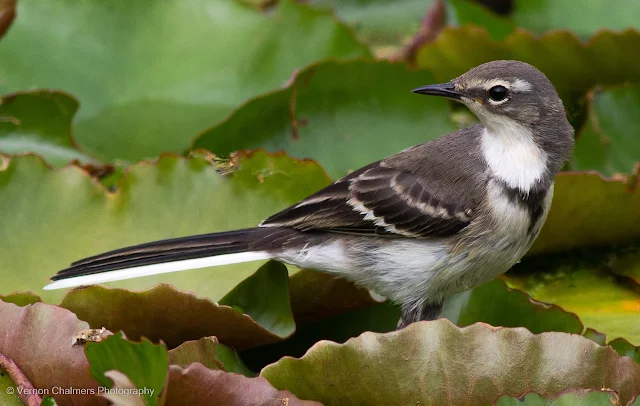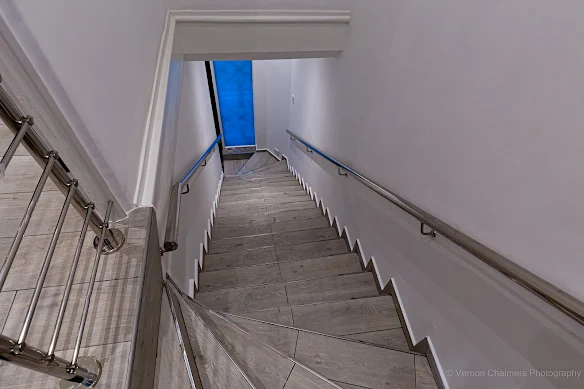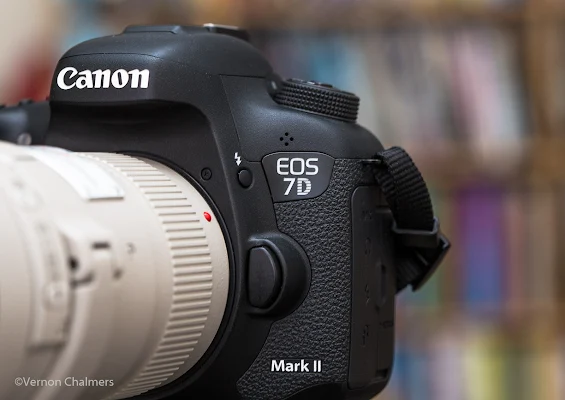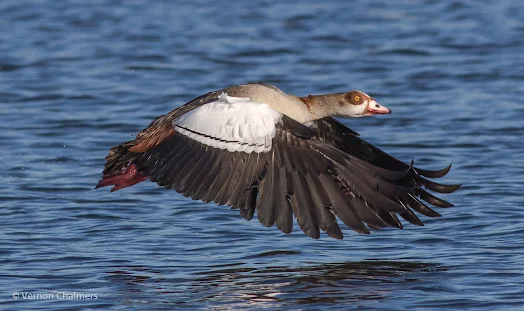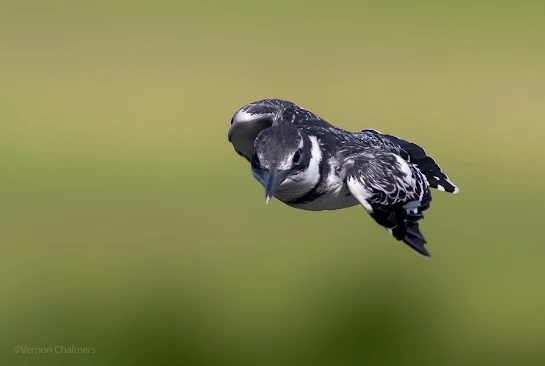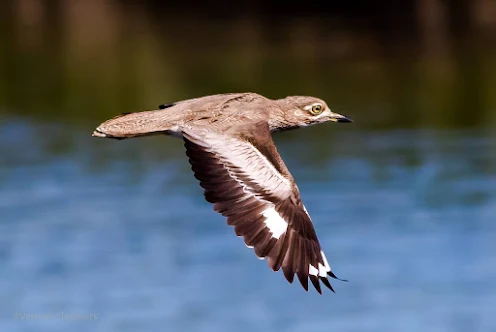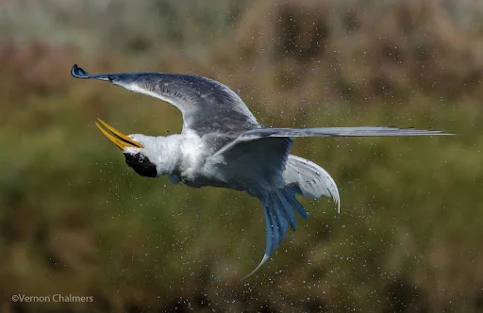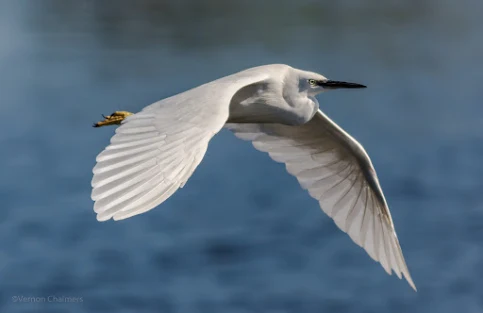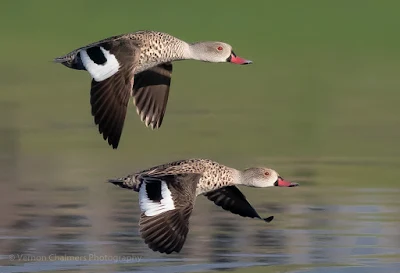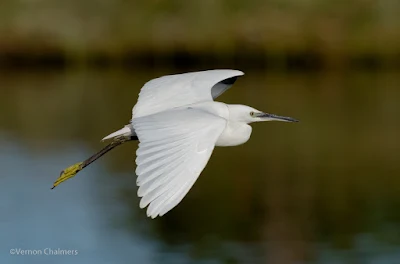 |
| ISO Decision Canon EOS R6 © Vernon Chalmers for Canon South Africa |
This changed (using Auto-ISO) for the first time in many years after reviewed the Canon EOS R6 for Canon South Africa. Fortunately this was nothing to do with the impressive Canon EOS R6 Full Frame body, but rather the RF 600mm f/11 IS STM / RF 800mm f/11 IS STM lenses I was given for a review in rather poor light conditions at the time (note: both lenses have a fix aperture o f/11).
This was the first time ever I have prepared for perched birds / birds in flight photography with such a small aperture. A major concern was the fix f/11-stop at such long focal lengths for the absolute atrocious winter light (and the dark backgrounds in the Table Bay Nature Reserve further down the Diep River).
 |
| Grey Heron Woodbridge Island Canon EOS R6 / RF 800mm f/11 IS STM Lens : ISO 640 / 1/2500s |
The first morning I went out with the Canon R6 and the RF 600mm f/11 IS STM lens and I had high hopes that the Canon EOS Full Frame sensor at f/11 and Auto-ISO should be acceptable.
The following morning I used a fix ISO between 640 – 800. Eventually settling with ISO 640 / f/11 / 1/3200s (to cover the different speeds as I would do with any other EOS and my f/4 – f/6.3 apertures and 1/2500 – 1/4000 shutter speeds on the Canon EF 100-400mm f/4.5L IS USM and EF 400mm f/5.6L USM lenses.
I concluded the 'winter week' at shooting mostly at ISO 640, due to the poor light, but was satisfied of what the two RF lenses delivered attached to the Canon EOS R6.
Page Image Information : Birds / Birds in Flight Photography (Woodbridge Island / Cape Town)
Image 1: Cape canary with Canon EOS R6 / RF 800mm f/11 IS STM Lens
Image 2: Grey heron in flight with Canon EOS R6 / RF 800mm f/11 IS STM Lens
Image 3: Cape reed warbler with Canon EOS R6 / RF 800mm f/11 IS STM Lens
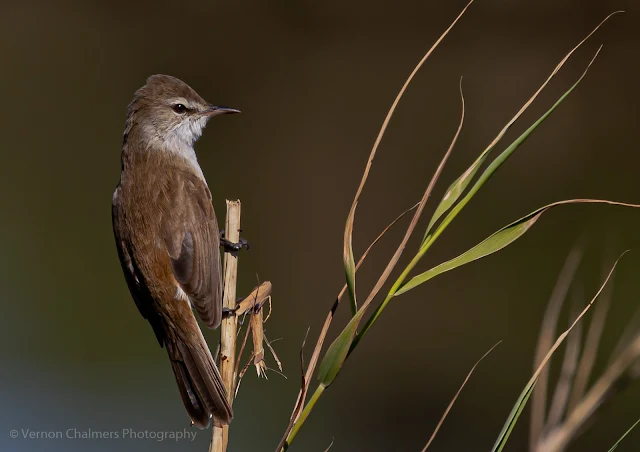 |
| ISO Decisions and Preferences with Canon EOS R6 / RF Lens 800mm f/11IS STM Lens |
